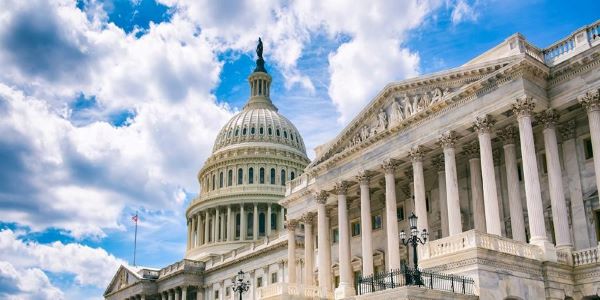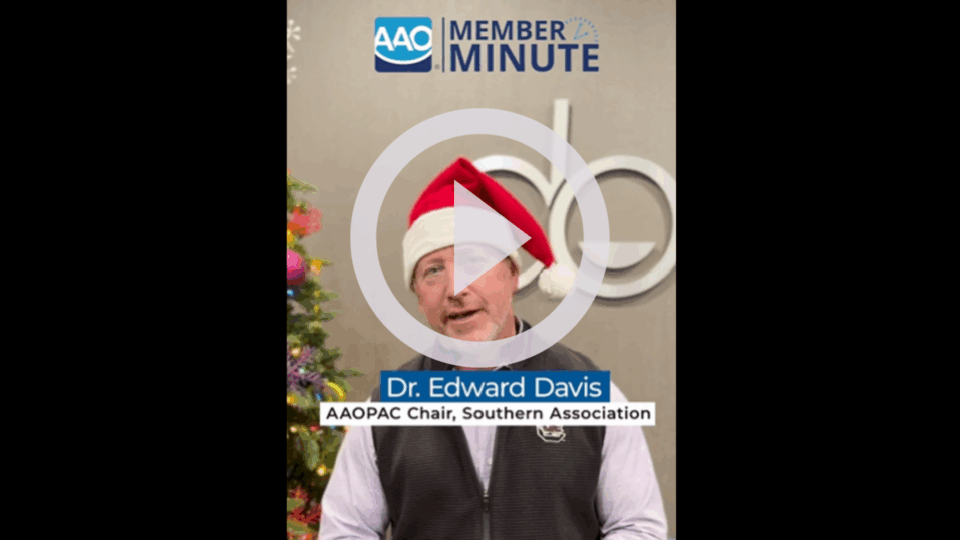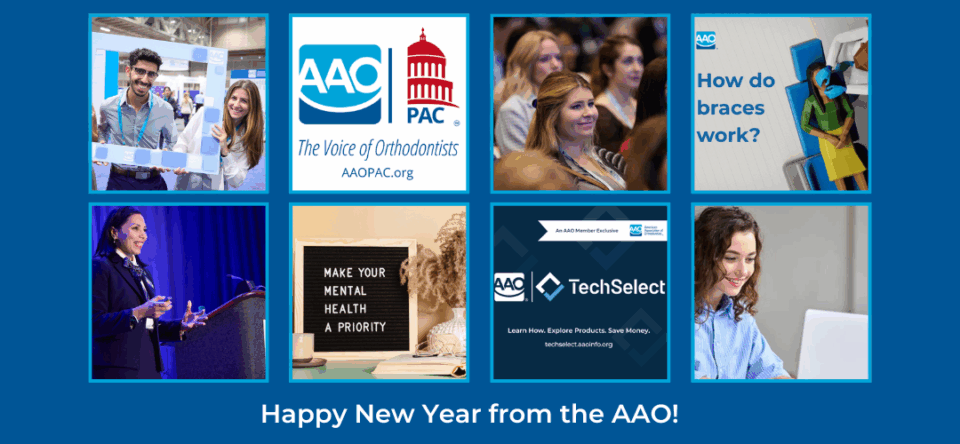SmileDirectClub, American Teledentistry Association Opposed the Rules
The North Dakota State Board of Dental Examiners recently passed rules intended to protect the rights of patients receiving orthodontic or other dental treatment through teledentistry. The AAO supported and advocated for the rules that were passed, while SmileDirectClub and the American Teledentistry Association opposed the rules.
The teledentistry rules proposed by the North Dakota board included:
- NDAC § 20-02-01-09(2)(j), which requires any entity utilizing teledentistry to provide the patient the name of the dentist, telephone number, practice address, and state license number of any dentist who was involved in the treatment; and
- NDAC § 20-03-01-01(1)(k), which requires that a dental assistant, acting under the direct supervision of a dentist, may, among other duties, “(k) Take dental photographs including the use of intraoral cameras on a patient of record” (i.e., an individual who is not at least a dental assistant acting under direct supervision would not be permitted to take an intraoral scan).
The dental board held a virtual public hearing on the rules on April 14, 2022. Dr. Jeffrey Sulitzer of SmileDirectClub and Dr. Marc Ackerman of the American Teledentistry Association offered comments in opposition to the rules. Dr. Ackerman testified that the taking of an intraoral scan is as “simple as the selfies” taken by a 10-year old, and thus does not require any specific level of qualification, or doctor supervision. Dr. Sulitzer argued that the proposed rule requiring the providing of patient contact information unfairly singles out teledentistry providers, and further claimed that SmileDirectClub’s patients are always able to contact their supervising doctor through the customer support team (while admitting that patients are not given a direct phone number to their supervising doctor).
In rebuttal of the claim that intraoral scans are as “simple as a selfie,”, AAO Vice President, General Counsel Trey Lawrence pointed out that a digital scan is the final impression used to create appliances for orthodontic treatment. Moreover, an individual untrained in infection control taking intraoral scans could risk patient infection by not properly sterilizing the scanning device or other equipment. Regarding contact information for patients, Trey noted that the rule logically did not need to single out in-person practices because the patient already knows how to contact the doctor in case of problems; and, if teledentistry companies are already providing sufficient contact information to patients, then they should not be opposed to the rule.
After considering comments from all stakeholders, the board adopted the proposed rules. The board cited in particular that unlicensed and/or unregulated employees are not sufficiently trained to do intraoral scanning for creating orthodontic appliances; and patients should have a phone number where they can contact their supervising doctor. The proposed rules now go to the Legislative Counsel for final approval later this summer before going into effect.
The AAO continues to advocate for the rights of patients who receive orthodontic or other treatment through teledentistry at both the state and federal level. More information about these basic patient rights, and the scientific evidence supporting them, can be found at orthofacts.org.



